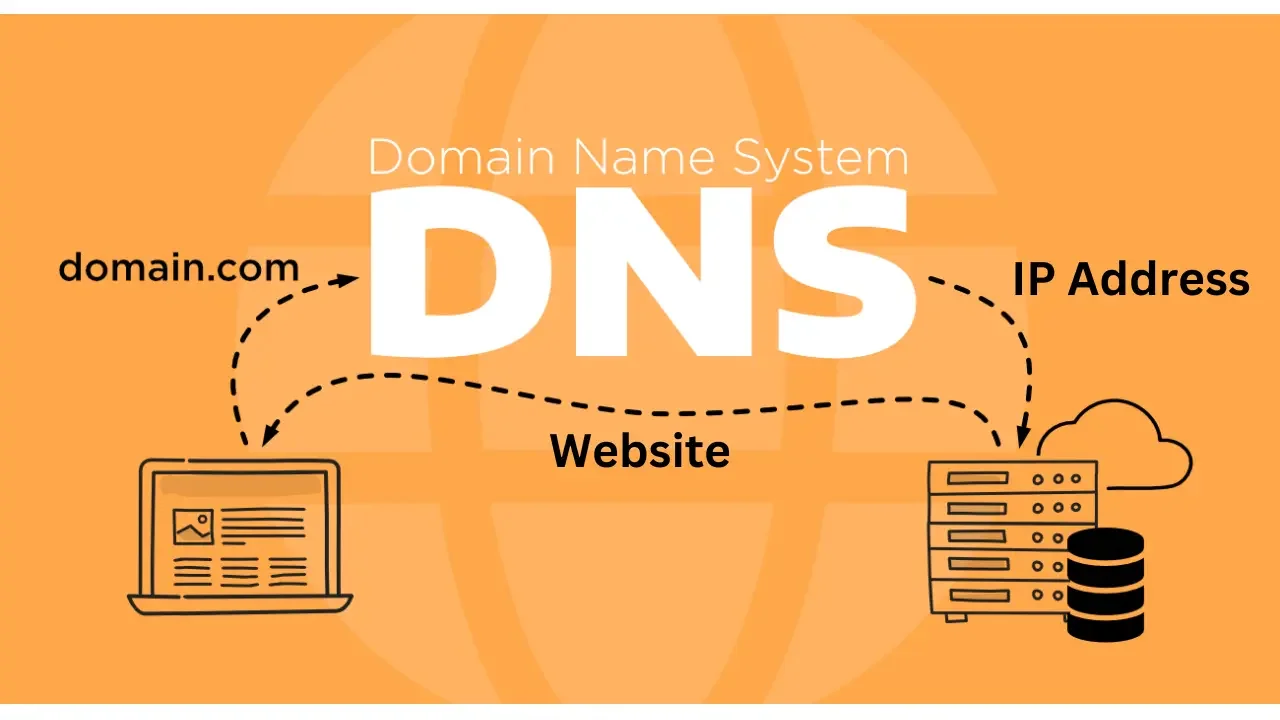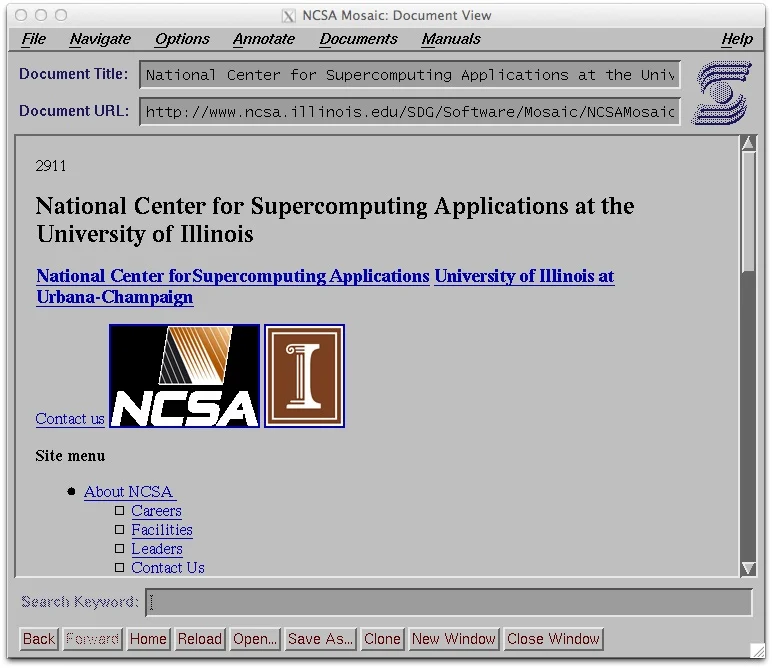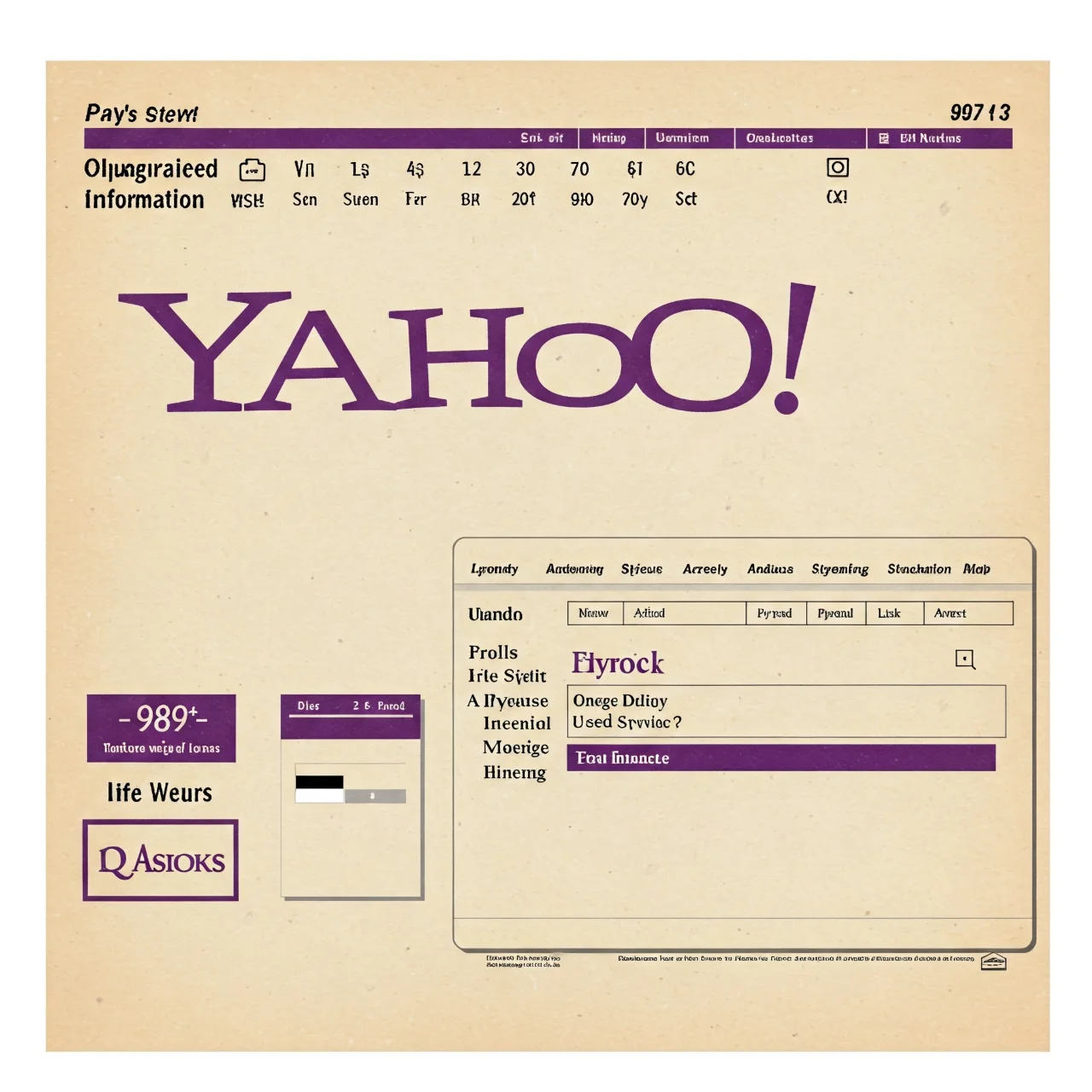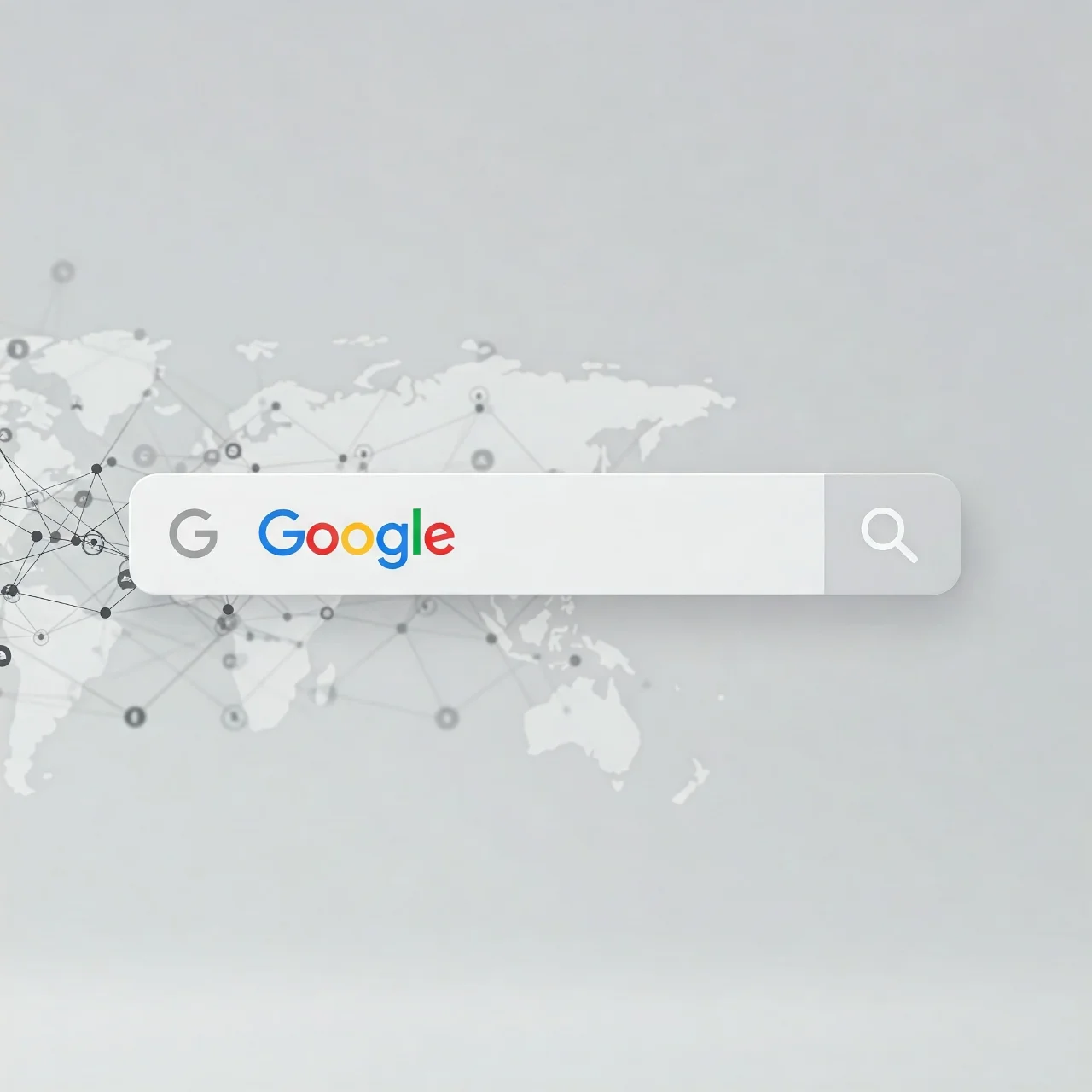The Internet's Evolution: 10 Milestones That Shaped the Digital Age

Slide 1: From Cold War Fears to Global Connection: The Dawn of Networking

The internet wasn't born overnight. Its roots lie in the Cold War, fueled by the US Department of Defense’s desire for a decentralized communication network able to withstand attack. This led to ARPANET in 1969, connecting four universities and marking the initial spark.
This network wasn't about cat videos—it was about national security and sharing research! It demonstrated the feasibility of packet switching, a critical element in modern internet communication and fundamentally altered how information could be transmitted. The internet's history is a story of innovation born from necessity.
Slide 2: 1971: Email is Born – Revolutionizing Communication

Before social media and instant messaging, there was email. Ray Tomlinson sent the first email in 1971, and it quickly became a game-changer. He also chose the '@' symbol to separate the user name from the computer name, a convention we still use today.
This invention was far more than a convenience; it drastically sped up communication between researchers and laid the groundwork for the instant communication tools we rely on now. Early email was simple text only, but the impact on collaboration and information sharing was immediate. A key milestone in the internet's history!
Slide 3: 1973: TCP/IP – The Language of the Internet
Imagine trying to speak to someone who doesn't understand your language. That's what early networks were like. The development of TCP/IP (Transmission Control Protocol/Internet Protocol) in 1973 created a standardized communication language for networks to 'talk' to each other.
Created by Robert Kahn and Vinton Cerf, this protocol suite is the foundational architecture of the internet, allowing disparate networks to connect seamlessly. Without TCP/IP, the internet as we know it simply wouldn’t exist. It’s the invisible core of the internet's history.
Slide 4: 1983: DNS – Making Addresses Human-Friendly

Remembering strings of numbers (IP addresses) isn’t easy! The Domain Name System (DNS), introduced in 1983, solved this problem by translating those numeric addresses into user-friendly names like `listslook.com`.
This was crucial for making the internet accessible to a wider audience. Before DNS, navigating the internet was akin to memorizing phone numbers for every website. DNS's impact on internet usability cannot be overstated—it’s a cornerstone of the internet history.
Slide 5: 1989: The World Wide Web – A User-Friendly Interface

Tim Berners-Lee at CERN revolutionized the internet with the invention of the World Wide Web (WWW) in 1989. He created HTML, URL, and HTTP – the building blocks of the web as we know it. Crucially, he made this technology freely available, fostering its rapid adoption.
This wasn’t just a technical achievement; it provided a user-friendly interface, transforming the internet from a research tool to a global platform for information and interaction. A defining moment in the internet's history.
Slide 6: 1993: Mosaic – The First Popular Web Browser

The WWW needed a way for people to easily *view* web pages. Mosaic, released in 1993, was the first widely popular web browser. Developed at the National Center for Supercomputing Applications (NCSA), Mosaic made the web accessible to non-technical users with its graphical interface.
It included features like in-line images, which immediately made the web more visually appealing and user-friendly. Mosaic paved the way for browsers like Netscape and Internet Explorer, shaping the future of internet browsing.
Slide 7: 1994: Yahoo! – Organizing the Web's Chaos

As the web exploded in size, finding information became a challenge. Yahoo!, founded in 1994, stepped in as one of the first popular web directories. It categorized websites, making it easier for users to navigate the growing digital landscape.
While search engines would eventually dominate, Yahoo! initially provided a human-curated approach to web organization. Its early success demonstrated the need for tools to manage and discover information on the internet. A significant chapter in internet history.
Slide 8: 1998: Google – The Rise of the Algorithm

Google’s founding in 1998 marked a turning point in how we find information online. Larry Page and Sergey Brin developed a revolutionary algorithm called PageRank, which prioritized search results based on the number and quality of links pointing to a page.
This provided far more relevant search results than existing directories and quickly made Google the dominant search engine. Google’s impact on the internet is profound, influencing how we access knowledge and interact with the digital world.
Slide 9: 2004: Social Media – Connecting People Globally

The launch of Facebook in 2004 (following Friendster and MySpace) ushered in the age of social media. These platforms connected people in unprecedented ways, transforming how we communicate, share information, and build relationships.
Social media’s impact extends far beyond personal connections, influencing politics, marketing, and culture. The rise of social media is a key element in charting the internet's history and continues to evolve rapidly.
Slide 10: 2007: The iPhone – Internet in Your Pocket

The introduction of the iPhone in 2007 revolutionized mobile computing and dramatically expanded internet access. It wasn’t the first smartphone, but it popularized the concept of a powerful, internet-connected device that fit in your pocket.
This ushered in the era of mobile-first internet usage, with more people accessing the web through smartphones than desktop computers. The iPhone’s impact reshaped the digital landscape further accelerating the evolution of the internet.
Comments
Loading comments...